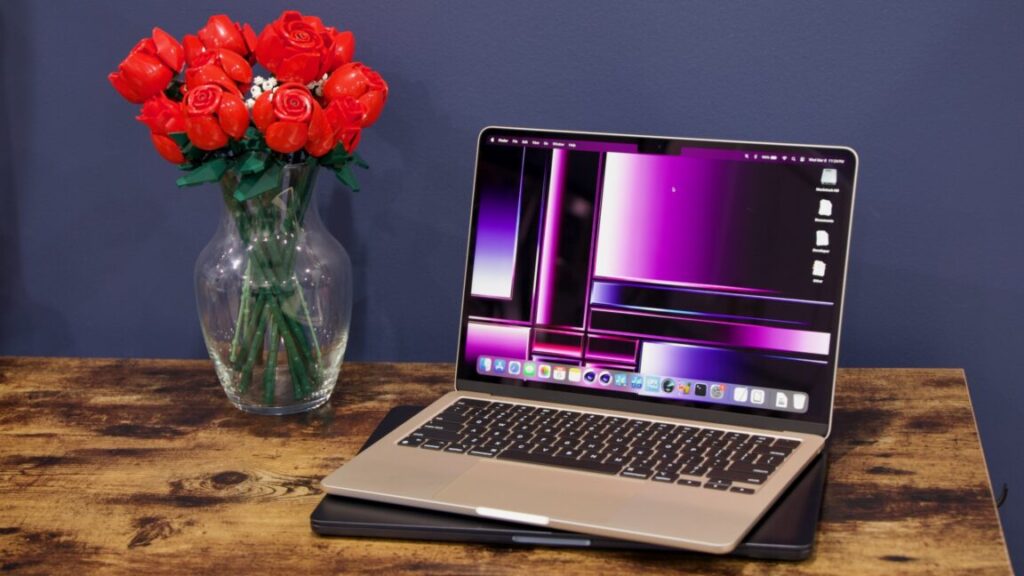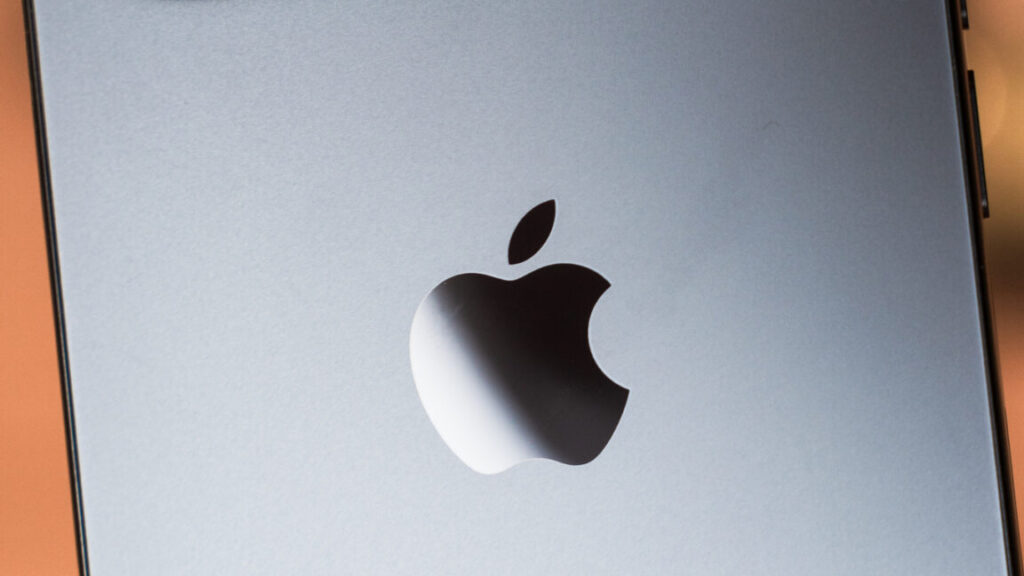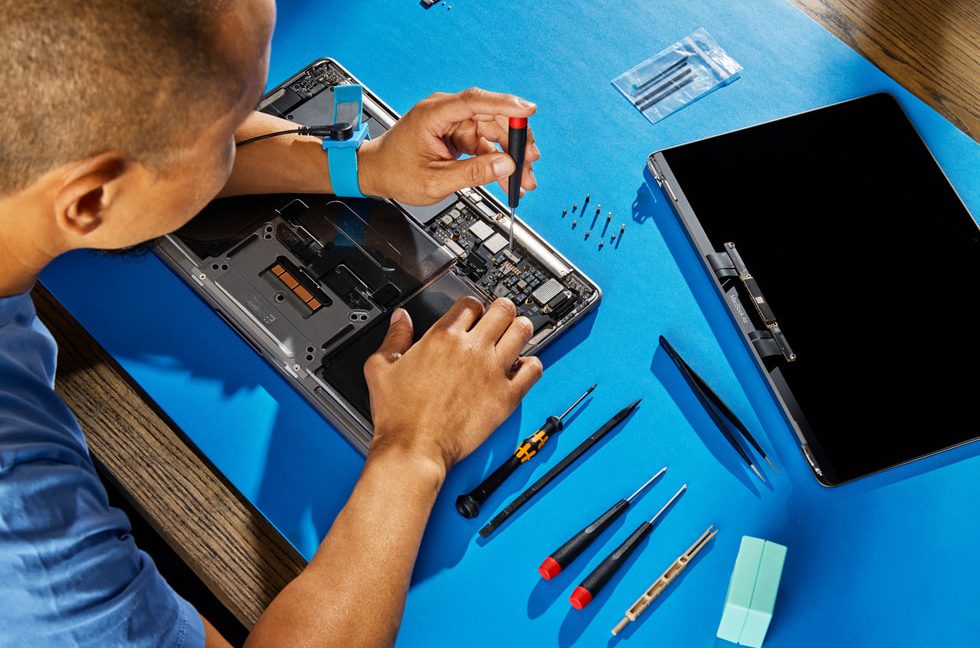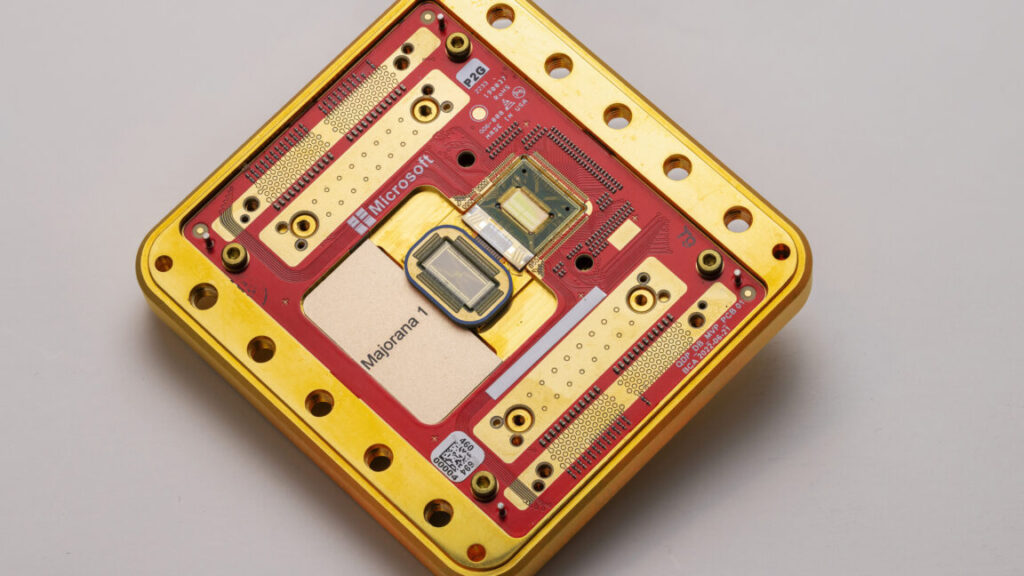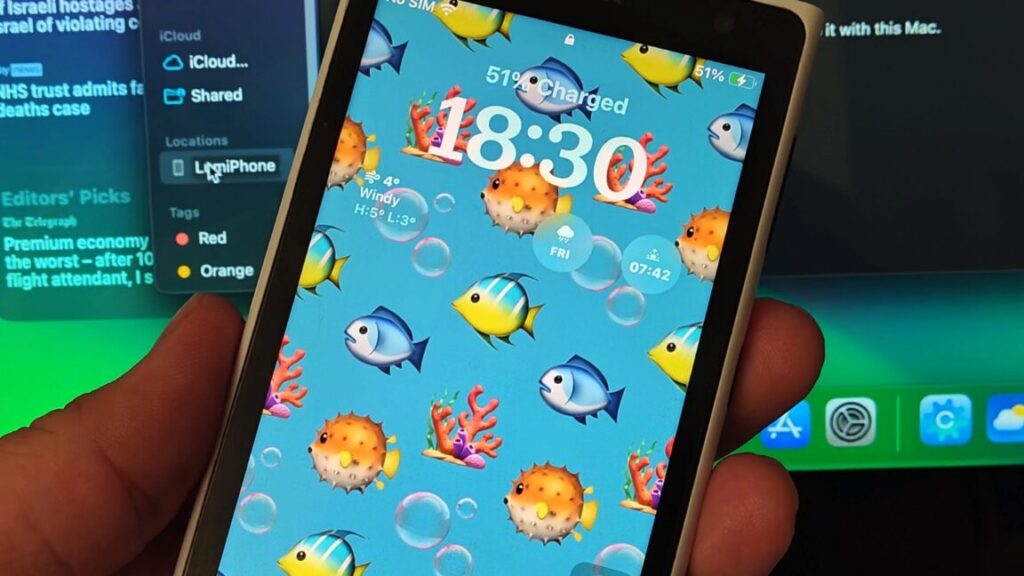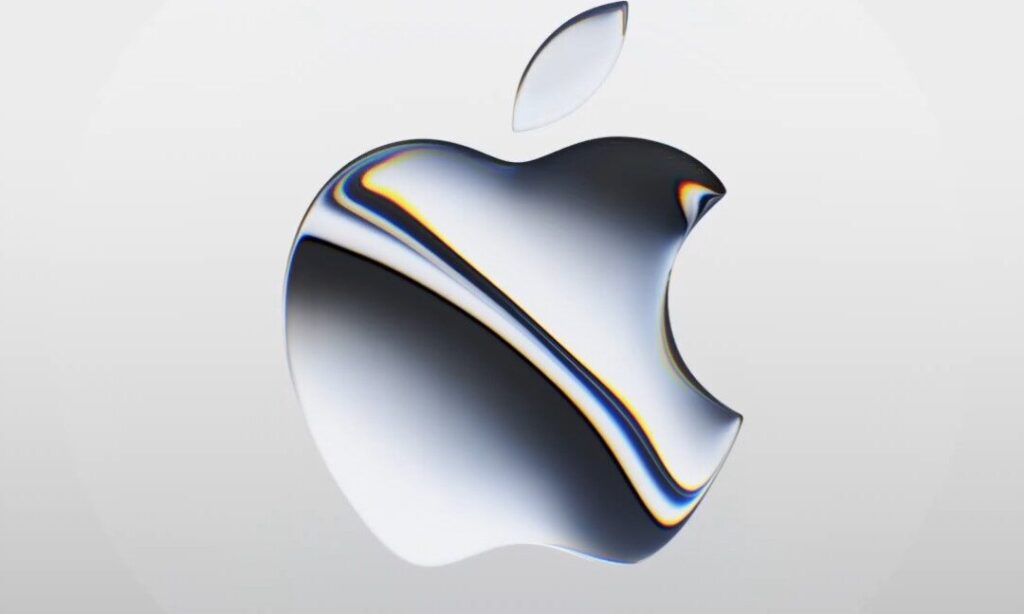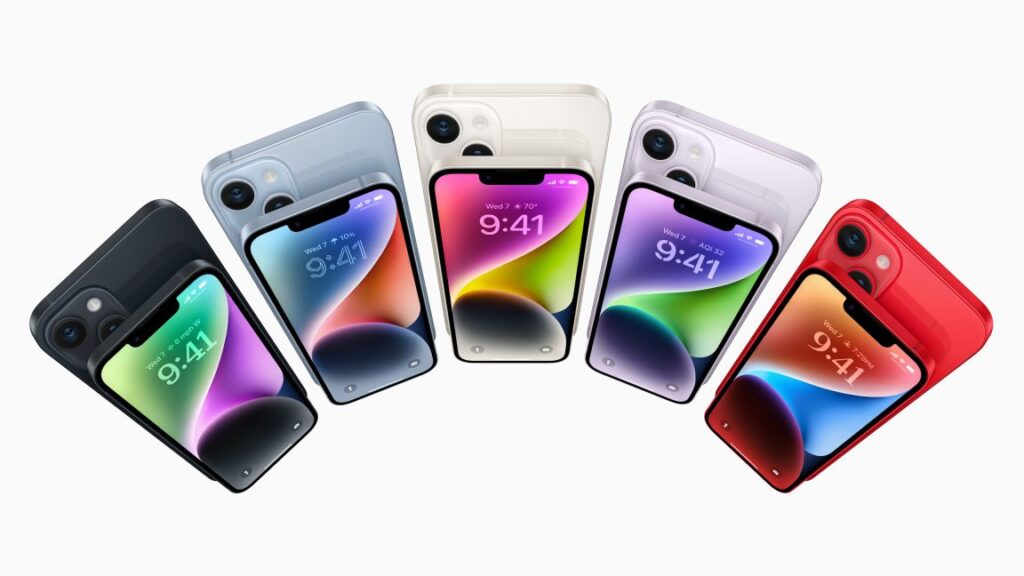Apple refuses to break encryption, seeks reversal of UK demand for backdoor
Although it wasn’t previously reported, Apple’s appeal was filed last month at about the time it withdrew ADP from the UK, the Financial Times wrote today.
Snoopers’ Charter
Backdoors demanded by governments have alarmed security and privacy advocates, who say the special access would be exploited by criminal hackers and other governments. Bad actors typically need to rely on vulnerabilities that aren’t intentionally introduced and are patched when discovered. Creating backdoors for government access would necessarily involve tech firms making their products and services less secure.
The order being appealed by Apple is a Technical Capability Notice issued by the UK Home Office under the 2016 law, which is nicknamed the Snoopers’ Charter and forbids unauthorized disclosure of the existence or contents of a warrant issued under the act.
“The Home Office refused to confirm or deny that the notice issued in January exists,” the BBC wrote today. “Legally, this order cannot be made public.”
Apple formally opposed the UK government’s power to issue Technical Capability Notices in testimony submitted in March 2024. The Investigatory Powers Act “purports to apply extraterritorially, permitting the UKG [UK government] to assert that it may impose secret requirements on providers located in other countries and that apply to their users globally,” Apple’s testimony said.
We contacted Apple about its appeal today and will update this article if we get a response. The appeal process may be a secretive one, the FT article said.
“The case could be heard as soon as this month, although it is unclear whether there will be any public disclosure of the hearing,” the FT wrote. “The government is likely to argue the case should be restricted on national security grounds.”
Under the law, Investigatory Powers Tribunal decisions can be challenged in an appellate court.
Apple refuses to break encryption, seeks reversal of UK demand for backdoor Read More »

